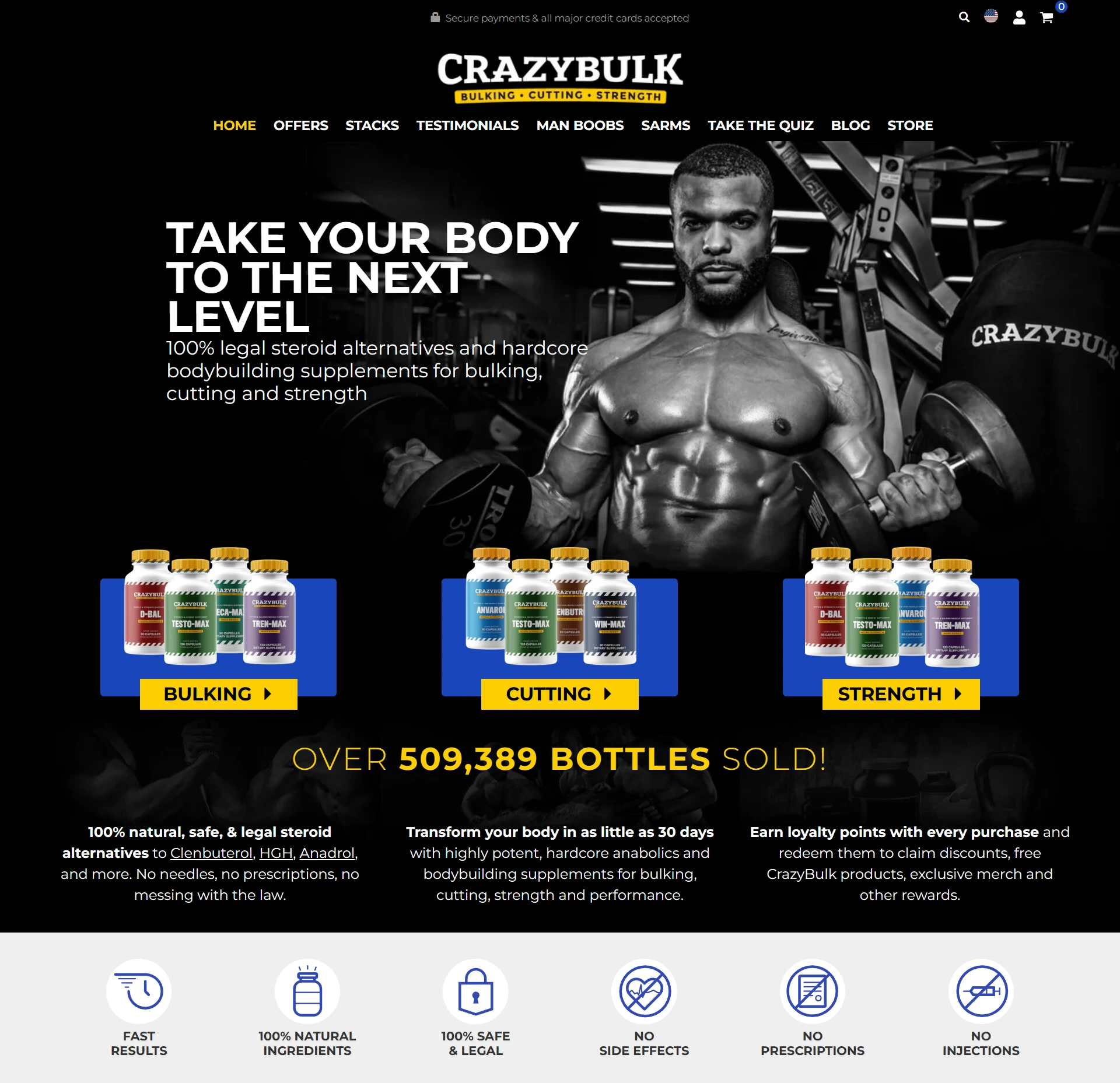
buying testosterone gel online
Add a review FollowOverview
-
Founded Date April 7, 2019
-
Sectors Law/Legal
-
Posted Jobs 0
-
Viewed 77
Company Description
Testosterone Therapy: What Men Need to Know About Low T and TRT Treatment Los Angeles Times

Testosterone Therapy: What Men Need to Know About Low T and TRT Treatment Los Angeles Times
Not all are serious, but anyone who undergoes therapy should be aware of the potential life-changing side effects. As men age, erectile dysfunction (ED), the inability to get or maintain an erection, is common. Before Pfizer released Viagra in 1998 as a medication for ED, doctors often turned to testosterone as a treatment. Drugwatch.com has provided reliable, trusted information about medications, medical devices and general health since 2008. We’ve also connected thousands of people injured by drugs and medical devices with top-ranked national law firms to take action against negligent corporations. Prescription testosterone treatments are available as gels, skin patches, and intramuscular injections.
If a man’s testosterone is below the normal range, it’s best to repeat it once more to be sure before starting testosterone therapy — often staying on it indefinitely. Men get started on testosterone replacement and they feel better, but then it’s hard to come off of it. Men can often feel a big difference when they stop therapy because their body’s testosterone production has not yet recovered. Just being tired isn’t enough to seek testosterone replacement therapy. General fatigue and malaise has so many other causes, and when most men get a blood test e and dbol cycle, the result is a normal testosterone level. The blood tests measure total serum testosterone, complete blood count (hematocrit), and prostate-specific antigens (PSA). People can expect to have these blood tests at the start of the treatment, then three to six months later.
Testosterone replacement therapy, in the form of injections, pellets, patches or gels, can improve the signs and symptoms of low testosterone in these men. Although hormone therapy can delay progression of metastatic disease and may extend survival, it can also have side effects. Men should discuss the risks and potential benefits of hormone therapy with their doctors and potential ways to reduce some side effects. Androgen synthesis inhibitors lower testosterone levels to a greater extent than any other known treatment.
For example, symptoms like fatigue, trouble concentrating, and low sex drive could be caused by a poor diet, lack of exercise, and insufficient sleep. Stress, anxiety, and depression can be side effects of erectile dysfunction. “Raising low testosterone levels alone won’t fix these problems,” says Dr. O’Leary. Around Week 6, there is a complete turn-around in your mood and mental clarity, due in large part to significant decreases in stress and cortisol levels. After 8 weeks, you will see further reduction in negative moods like tension, anger, and fatigue; you’ll have more energy, especially in the morning.
Testosterone replacement therapy can be very effective at reducing these risks and improving symptoms. However, testosterone therapy is not without side effects, and therefore, you should be carefully screened by a doctor first to determine if you are candidates for therapy. In some cases, a drop in testosterone may be related to cancer, brain-related diseases, diabetes, obesity and other hormonal abnormalities. “There’s no signal that testosterone therapy increases the risk of prostate cancer,” says Anawalt. Scientists continue to explore whether TRT may stimulate the growth of prostate cancer cells. And some research has suggested it may increase the risk of heart attacks, strokes, and death from heart disease.
And while it is approved by the Food and Drug Administration for some conditions, and is widely marketed as a way to improve health and stay young, data on long-term effects is limited. Testosterone therapy is available in multiple forms, including topical gel, topical solution, transdermal patch, intranasal gel, injectable, and implantable pellets. This article will refer to products by brand name to minimize confusion with similar-sounding generic names.
Due to the challenges in testosterone methodology, there is considerable variability in testosterone reference ranges.13 The specific reference ranges used to diagnose testosterone deficiency are discussed in more depth later in this document. However, practicing clinicians who review testosterone lab results will commonly face the dilemma of whether to use the reference ranges published by their specific lab or the absolute measure itself. As an example, a total testosterone value of 250 ng/dL may be considered low based on the current guideline but be marked within the normal range by the laboratory. This situation commonly occurs as reference laboratories often define a normal value as ranging within the 5th (or 2.5th) and 95th (or 97.5th) percentiles of a sampled population. However, as the testosterone literature uses absolute values to define low testosterone, the absolute value is ultimately the most important factor to determine whether patients may expect to achieve benefits with testosterone therapy. In cases of discrepancy between laboratory reference ranges and this guideline, clinicians are recommended to utilize the absolute value with the understanding that all labs (including CDC-certified LCMS) include some degree of variability.
Discomfort from vaginal dryness from menopause is another reason. Exhaustion from caregiving and other family responsibilities also take their toll, doctors say. She tells patients that testosterone therapy is currently only recommended for a low sex drive, although future research may find other benefits.

